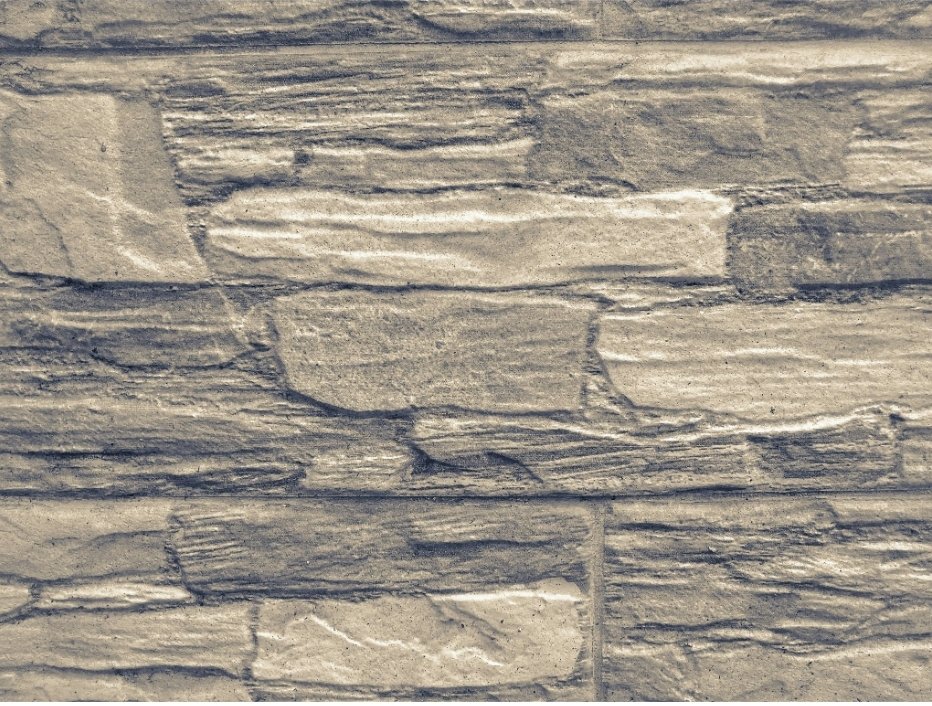Striking a balance between cost and quality can be a challenging endeavour. Stone, with its long-standing reputation for resilience and aesthetic charm, is a choice of the paragon. But lately, the winds of change are blowing towards a different path – one paved with stone cladding that provides the allure of natural stone at a possibly reduced expense. Let’s dive into the enticing world of stone cladding and weigh its economic benefits against those of traditional stone. Let’s scrutinise initial expenditures, installation bills, and persistent returns on investment.
The Tale of Two Costs: Initial Expenses
Materials and Their Prices
The first chapter in this financial story hinges on the pricing of materials. The geographical journey of natural stone, from being quarried and hewn to transported in cumbersome slabs, escalates its price. Enter stone cladding, a composite of a thin veneer of stone or a similar substance on an economical backing, which significantly cuts down on the amount of stone needed, reducing the monetary impact.
Natural Stone vs Stone Cladding
With natural stone, the hefty price tag comes due to quarry extraction, cutting, and transportation, and its weight necessitates sturdier structural support. Stone cladding, however, offers lower material costs thanks to minimal stone usage. The lighter weight curtails shipping and handling expenses.
Examining Installation Expenses
The balance sheet of installation costs swings in favour of stone cladding. The weighty nature of natural stone demands a more laborious and time-consuming installation process, necessitating cranes and additional workforce, leading to spiked labour costs and elongated timelines. Stone cladding, alternatively, is easier and quicker to install, helping to reduce the cost of labour and time. It can often be applied directly onto existing structures, making savings on demolition costs.
Long-Term Financial Gains: Maintenance and Structural Load
Keeping Up with Maintenance
Factoring in the long-term costs requires one to consider maintenance, an essential determinant. While natural stone is durable, it isn’t immune to weathering, staining, and structural shifts needing pricey mending. Stone cladding, especially when engineered, often provides superior resistance to harsh elements and demands less upkeep.
Natural Stone vs Stone Cladding
Natural stone can potentially bear the brunt of weathering, staining, and structural issues leading to higher long-term maintenance expenditure. On the other hand, stone cladding with its engineered materials offers enhanced resistance to weather and wear, reducing long-term maintenance costs.
The Weight of the Matter: Structural Load
Pondering on the structural load, the weight of natural stone can exert considerable stress on the underlying structure, needing stronger and costlier building supports. The lightweight characteristic of stone cladding mitigates this load, potentially resulting in lower structural costs and extending the building’s lifespan.
Drawing Conclusions
While the conventional charm of natural stone is irrefutable, stone cladding emerges as a viable, cost-efficient alternative for architects, builders, and property owners. It presents a smorgasbord of financial advantages spanning from short-term material and installation savings to long-term gains in maintenance and reduced structural load, without relinquishing aesthetics.
Considering a new project or renovation? Ponder on the plethora of possibilities that stone cladding offers, and contact the likes of Stone & Tile Studio for expert help. Choosing stone cladding not only makes financial sense but also bolsters sustainable building practices. But that doesn’t make it perfect for all. Welcome this fusion of timeless allure and modern efficiency. Embrace the change, make the switch, and relish in the best of both worlds.
